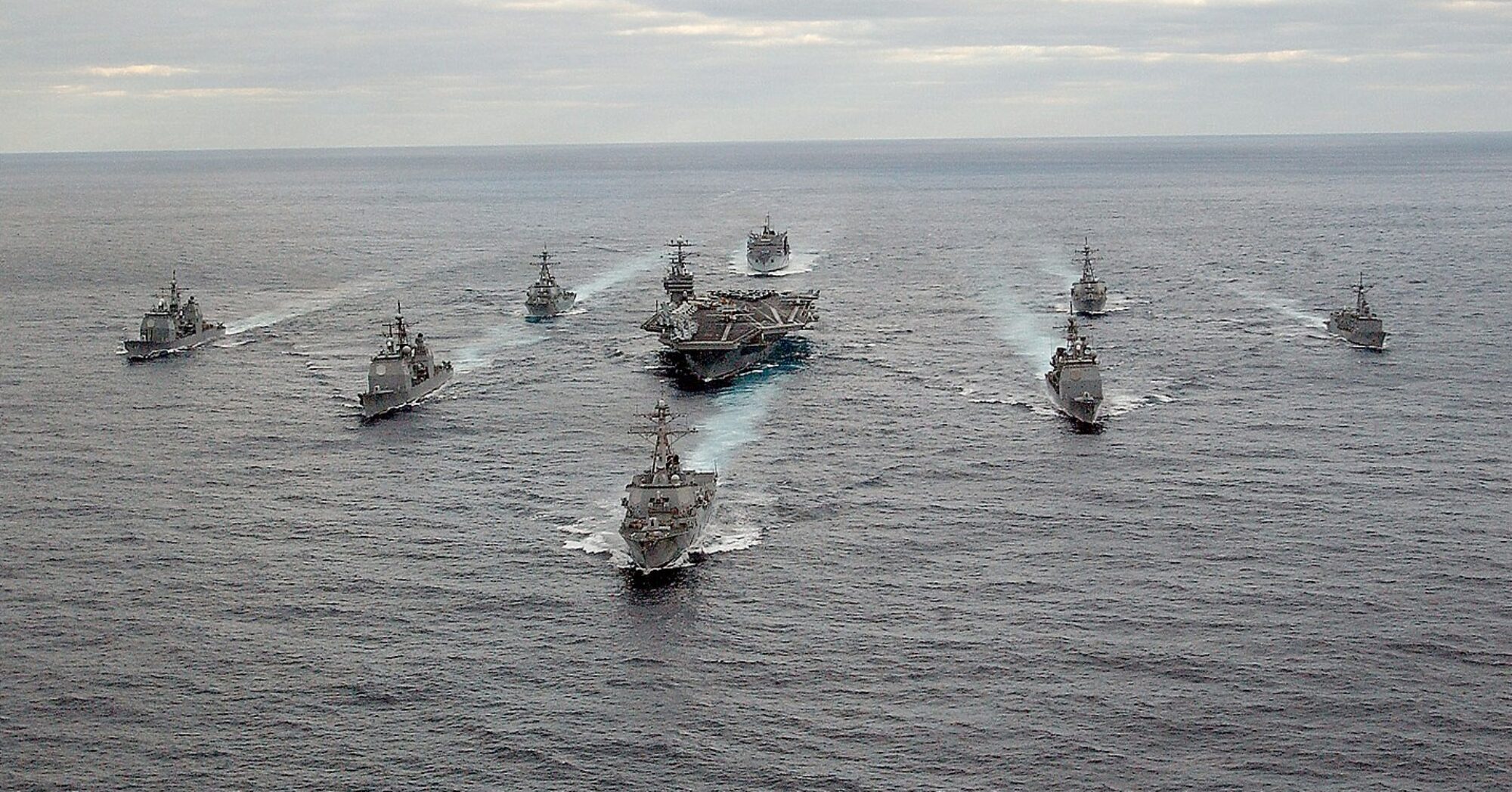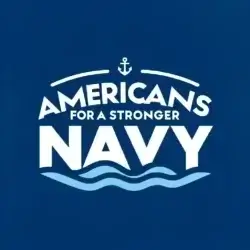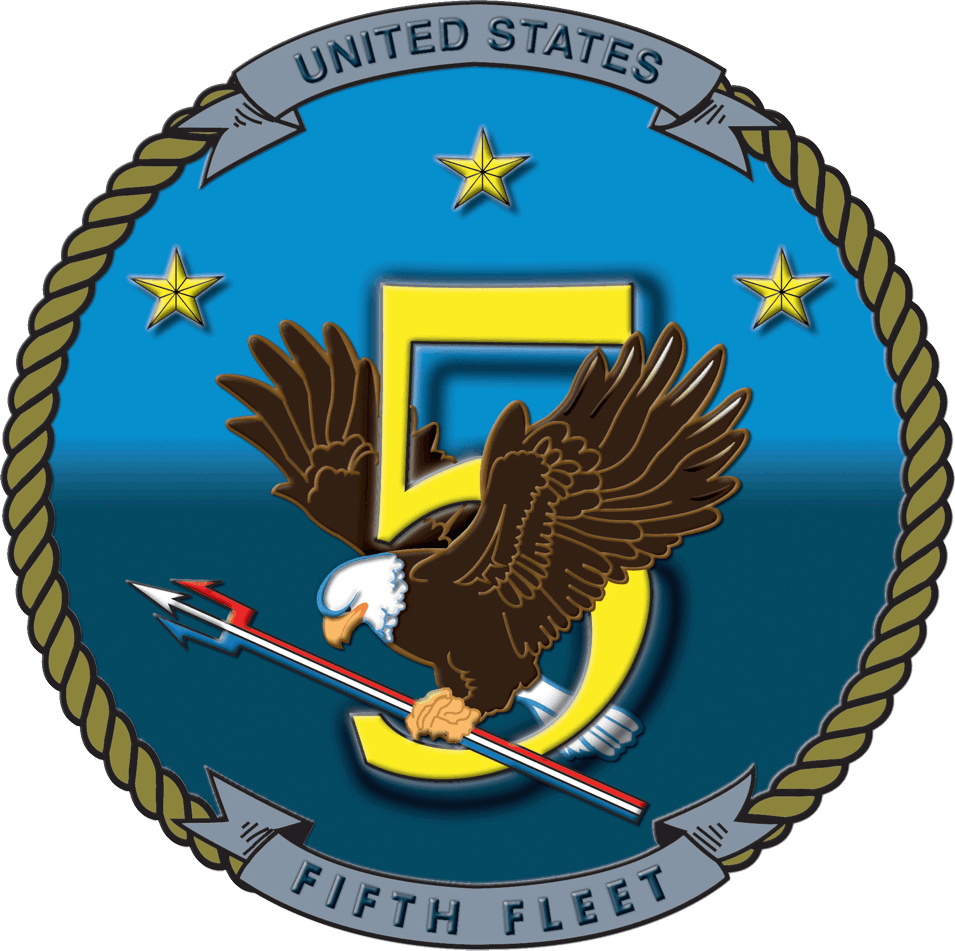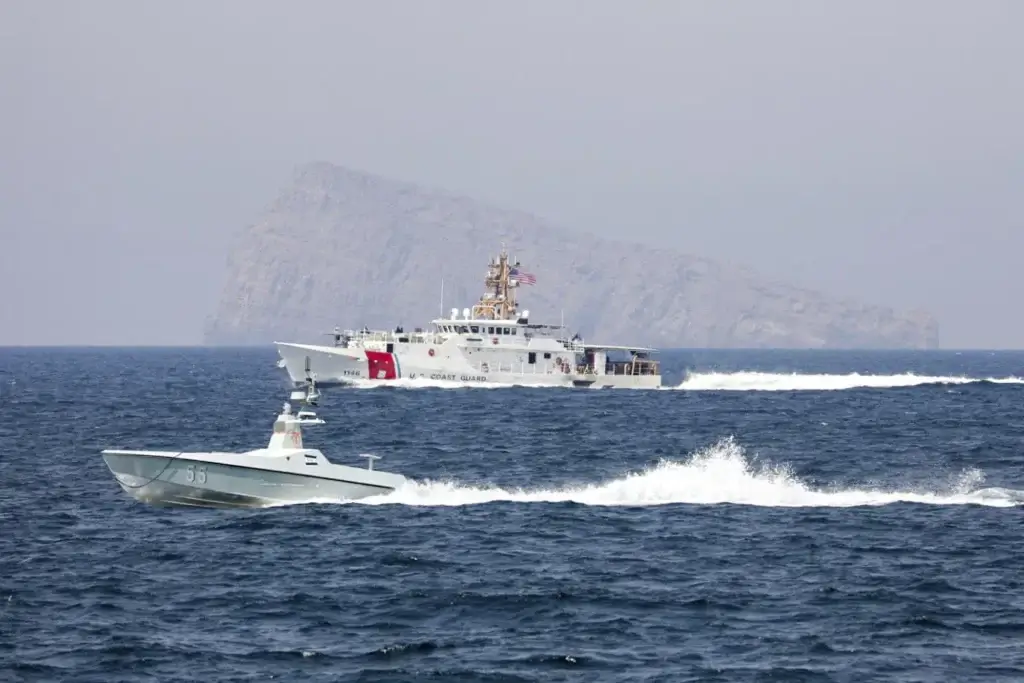The US Navy recently announced several new flag officer assignments. These appointments will see Rear Admirals taking on important roles in various capacities across the Navy, including in Washington, D.C., the United Kingdom, and Japan.
Flag Officer Assignments
Rear Admiral Thomas J. Moreau
Rear Admiral Christopher J. Sweeney
Rear Admiral Thomas S. Wall
Rear Admiral (lower half) Tracy L. Hines
Rear Admiral (lower half) Gregory C. Huffman
Rear Admiral (lower half) Christopher D. Stone
Rear Admiral (lower half) Derek A. Trinque
Rear Admiral (lower half) Kurt J. Rothenhaus
Rear Admiral (lower half) Michael S. Sciretta
Key Takeaways:
Several Rear Admirals have been appointed to key positions within the US Navy
These appointments will see Rear Admirals taking on important roles in various capacities across the Navy, including in Washington, D.C., the United Kingdom, and Japan.
The new appointments demonstrate the Navy’s ongoing commitment to maintaining a strong and capable force.
Conclusion:
The latest flag officer assignments in the US Navy demonstrate the Navy’s ongoing commitment to maintaining a strong and capable force. These Rear Admirals have been appointed to key positions across the Navy, highlighting the importance of their roles in ensuring the Navy remains a formidable force around the world. As Americans, we should be proud of our Navy and the brave men and women who serve in it, and we should continue to support efforts to ensure it remains strong and capable for years to come
Rear Admiral Status in the US Navy.
To become a Rear Admiral in the US Navy, an individual must first be commissioned as an officer. Commissioned officers in the Navy typically start as Ensigns and advance through a series of promotions over the course of their career.
The promotion process for becoming a Rear Admiral is highly competitive and requires outstanding performance evaluations, leadership skills, and a track record of excellence in one’s field. The process also includes a review by a promotion board, which evaluates each candidate’s performance and potential for future success.
Once selected for promotion to Rear Admiral, individuals must complete a rigorous training program at the Naval War College in Newport, Rhode Island. This program includes courses on leadership, strategic planning, and decision-making, as well as opportunities for hands-on experience in various naval operations.
Overall, becoming a Rear Admiral in the US Navy requires a long and distinguished career of service, leadership, and excellence. It is a significant accomplishment and a testament to an individual’s dedication and commitment to the Navy and the United States.






